| Пятница, 19.04.2024, 03:53 | Главная | Регистрация | Вход | ||||||||||||||||||||||||||||||||||||||||||||
Авторский сайт Екатерины МитрофановойЕкатерина Митрофанова — российская писательница, автор романов о любви, молодёжной прозы, исследователь творчества английских писательниц Шарлотты, Эмили и Энн Бронте | |||||||||||||||||||||||||||||||||||||||||||||
Меню сайтаПоискВход на сайтКалендарь
Архив записейДрузья сайта |
 Bronte Parsonage - Haworth
Haworth Parsonage was built in 1778 - 9. On the 20th April 1820 Patrick Bronte, his wife Maria and their six children, moved to the Parsonage at Haworth.
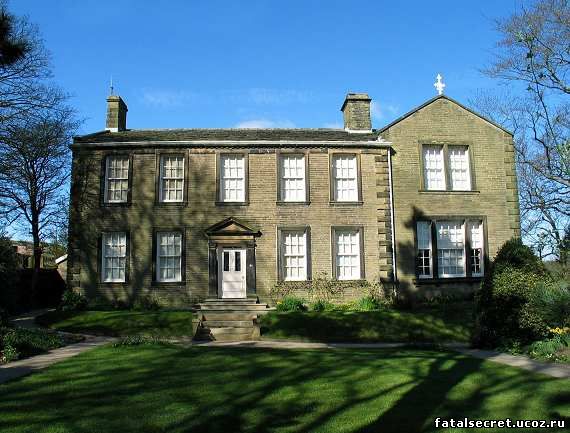 After Patrick Bronte's death in 1861 his successor, the Revd. John Wade added the gable wing on to the right of the Parsonage.
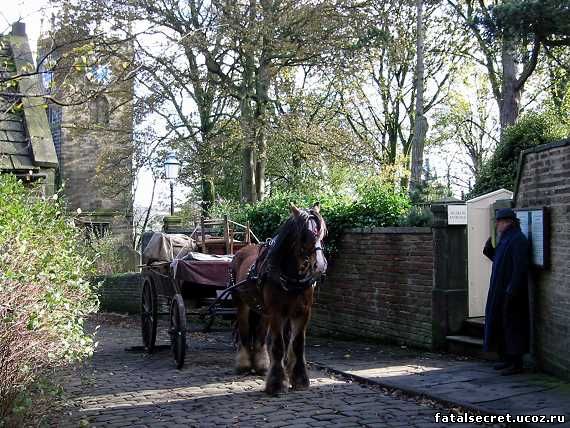 As you enter the house a door on the left is the Dining Room and on the right the door leads into Mr Bronte's Study.
 Inside the dining room is where Charlotte, Emily and Anne did most of their writing. Wuthering Heights, Jane Eyre and Agnes Grey were written here. The Bronte sisters had a routine of walking around the table in the evening planning their novels and other projects.
 Above the fireplace is a copy of the pencil portrait of Charlotte Bronte by George Richmond. The black sofa is where Emily is supposed to have died. Above the sofa is a plaster medallion, a profile of Branwell.
Inside Mr Bronte's study is where Patrick Bronte carried out his daily work on behalf of the Parish. Letters raising the poor sanitation in Haworth were written here. On the table is a magnifying glass to help Patrick Bronte read, his sight became poor, and at age 69 it was necessary for him to have a cataract operation in Manchester.  The upright piano was used by the children who were capable musician's, Branwell played the organ at Haworth Church.
The Kitchen is to the rear of the house. The Bronte children would often listen to their servant Tabby tell of stories about Haworth and the moors. After Aunt Branwell died in 1842 Emily took on the role of housekeeper helping out in the kitchen.
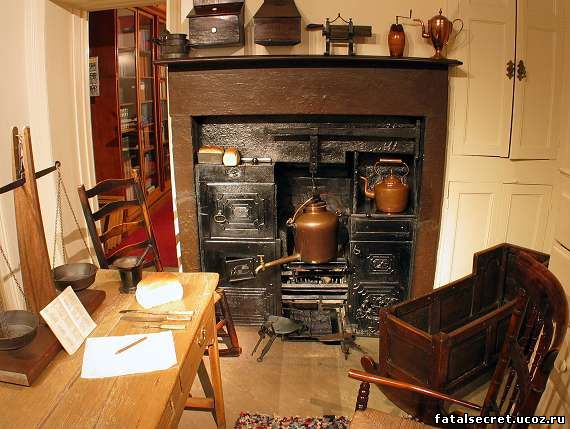 The door to the left of the range is access to the gable wing which was built after the Bronte's and now houses the library which is private.
Across from the kitchen is Mr Nicholl's Study. It appears that the room used to be a store room and had access to the outside. In 1854 Charlotte had the room changed to a study for the use of her husband Revd. Arthur Bell Nicholls.  Next on up to the first floor, halfway up the stairs is a long case clock made by Barraclough of Haworth. It is said Mr Bronte would wind it up every night at nine o'clock.
On the opposite wall hangs a copy of the portrait of Charlotte Emily and Anne by Branwell Bronte. Up the stairs to the first floor.
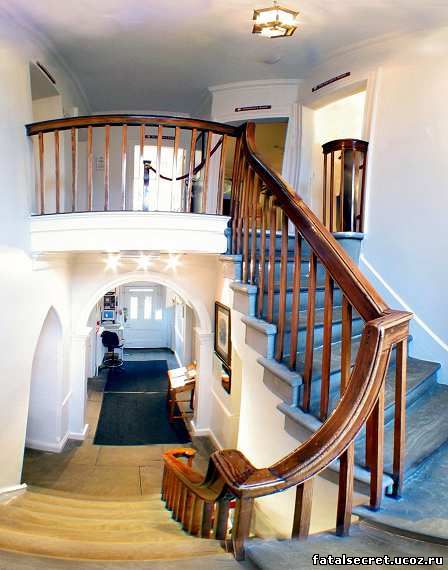 Charlotte's room. When the Bronte's moved from Thornton this room was Patrick's and Maria's bedroom. When Mrs Bronte died Aunt Branwell used the room. At about 1844 Charlotte occupied the room, when she married her husband Arthur Bell Nicholls shared the room. Charlotte died here on 31st March 1855.
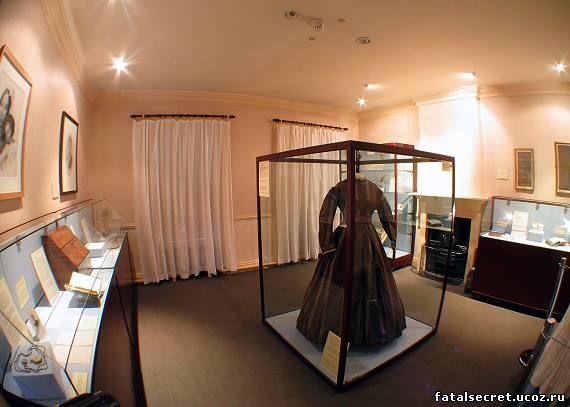 Mr Bronte's Bedroom. Patrick Bronte moved from what is now called Charlotte's room after his wife Maria died in 1821, he died in this room on the 7th June 1861 aged 84.
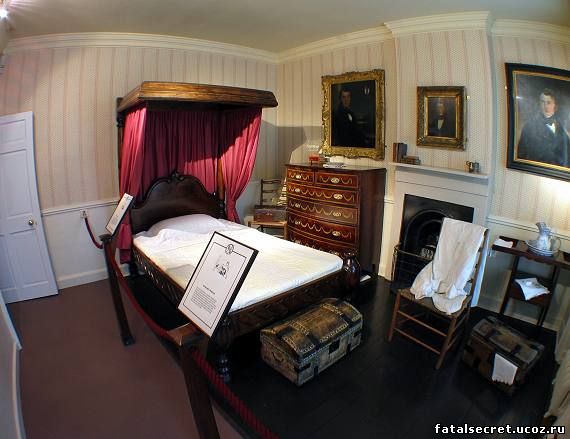 He is said to have discharged his guns from the bedroom window into the graveyard every morning. Patrick Bronte knew first hand of Luddite and Chartist unrest and kept a loaded pistol by his bed at night for security.
As Branwell's health declined he stayed in the bedroom with his father for his own safety. Patrick could keep and eye on his son who was suffering from delirium tremens. Branwell Bronte died in this room aged 31 on 24th September 1848. The Children's Study. This room would have been wider, the hallway and this room were made narrower in the 1850's to allow for bigger rooms in the house. The servants recount how the children used to play in the room telling their stories of Angria and Gondal. It is likely that Branwell being the only boy may have used this room for his bedroom at some time. 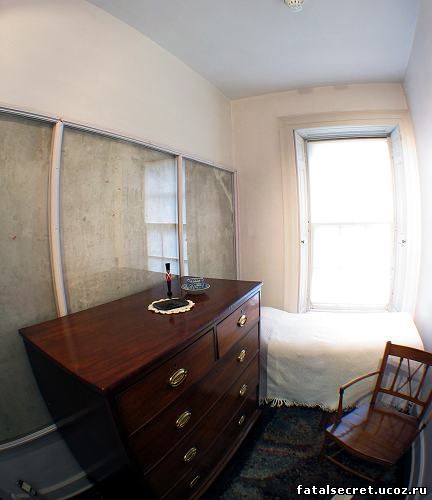 The Servant's Room. It is not known precisely who occupied this room as a live-in servant, Tabby Ackroyd lived local, as did Martha Brown. They are both buried in Haworth cemetery. To the left of the fireplace is a section of a staircase which would have gone outside.
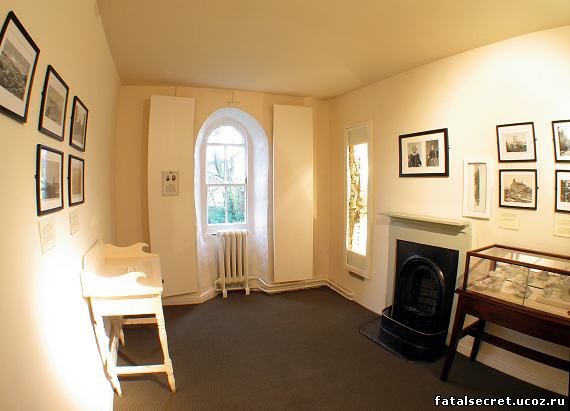 Branwell's Studio. This room initially would have been a bedroom, to what extent Branwell used it as a studio is speculation. His career as a portrait painter was short spending some time in Bradford.
In the 1870's Revd. Wade converted this room into a corridor to the new wing. 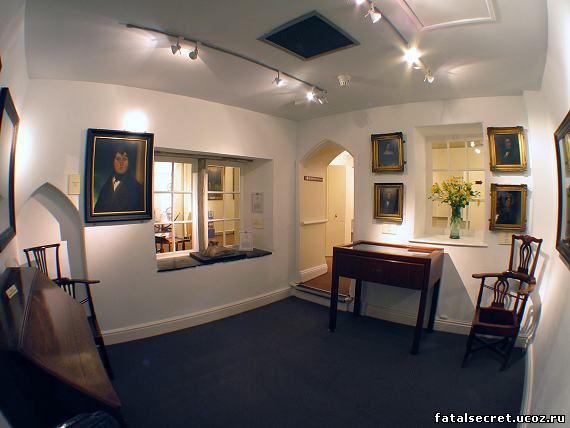 Источник:
(Орфография источника сохранена) | ||||||||||||||||||||||||||||||||||||||||||||
 |  | ||||||||||||||||||||||||||||||||||||||||||||
© Митрофанова Екатерина Борисовна, 2009 |  |